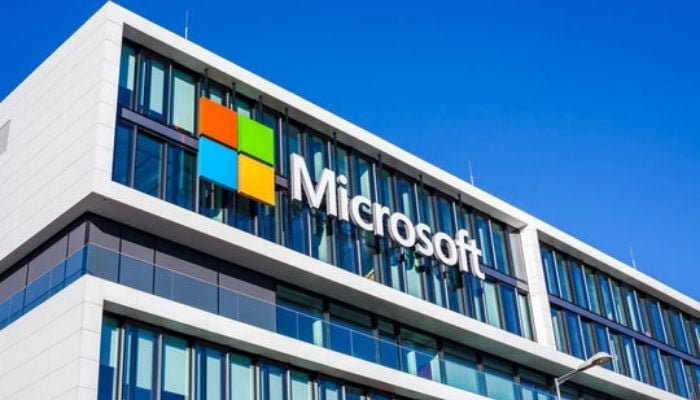
Microsoft's Windows 10 end-of-support deadline of October 14, 2025, draws near; millions of people and organisations must make a crucial choice that could have a big effect on their business continuity, cybersecurity, and compliance.
Due to the approaching deadline, Microsoft's Extended Security Updates (ESU) programme—a premium service that offers critical updates and ongoing security patches beyond the typical support lifecycle—has attracted a lot of interest.
Microsoft's Extended Security Updates eligibility requirement
Companies must be enrolled in Microsoft's Volume Licensing program and have active Software Assurance or comparable volume licensing agreements in order to qualify for Windows 10 Extended Support.
Windows 10 Pro, Enterprise, and Education editions are supported. Businesses need to find out how many devices need extended support coverage and confirm their eligibility.
How to get Windows 10 extended support: Step-by-step guide
To activate Windows 10 Extended Support, take the following actions:
- Purchase ESU licences through Microsoft's Volume Licensing Service Centre or authorised partners.
- Install Multiple Activation Keys (MAK) provided by Microsoft after ESU purchase completion, applying MAK keys to each device requiring continued support coverage.
- Configure ESU updates by directing systems to Microsoft's ESU update servers through Group Policy or registry modifications.
Microsoft's Extended Security Updates pricing
Windows 10 Extended Support has a tiered pricing structure, with yearly price increases.
Costs are usually lower in the first year and rise significantly in the following years. Pricing is influenced by device editions; enterprise editions are more costly.
Organisations and users must carefully weigh their options as the deadline draws near in order to maintain security and compliance.
If they don't, their systems and data may be compromised, and they run serious cybersecurity risks.













